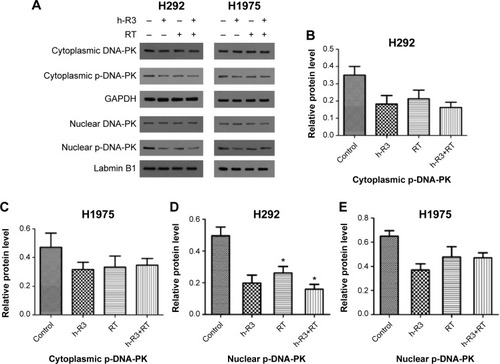Figures & data
Figure 1 Illustration of nimotuzumab viability influence in H292 and H1975 cells.
Abbreviation: MTT, methylthiazolyldiphenyl-tetrazolium bromide.
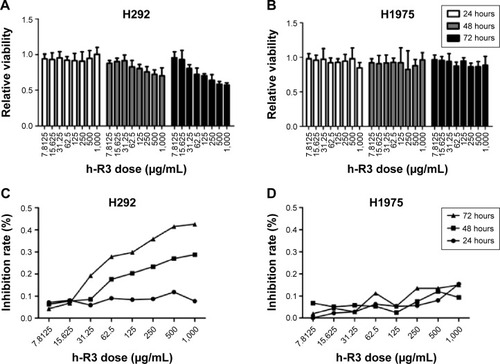
Figure 2 Cell clonogenic survival apoptosis and γ-H2AX formation.
Abbreviations: h-R3, nimotuzumab group; RT, irradiation group.
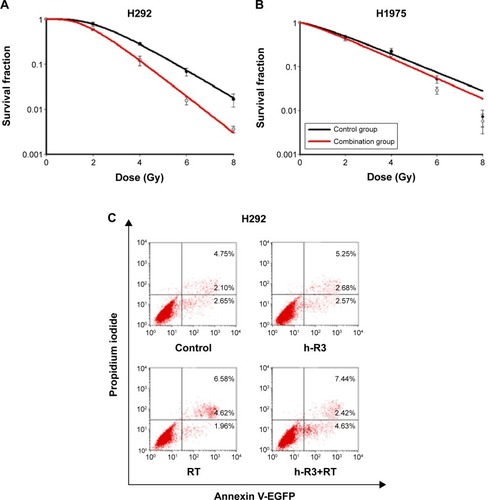
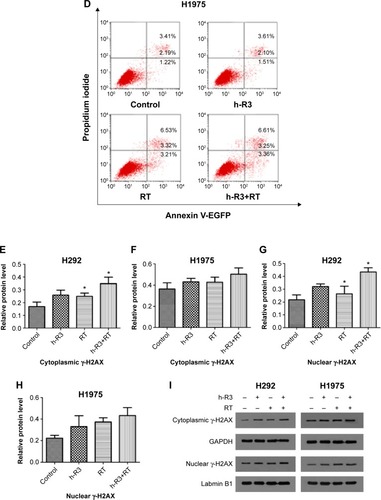
Table 1 Radiation parameters fitted to classic multitarget single-hit model
Table 2 Cell cycle distribution in H292 cells ( ± s)
Table 3 Cell cycle distribution in H1975 cells ( ± s)
Figure 3 Illustration of EGFR/p-EGFR expression in both cytoplasm and nucleus.
Abbreviations: EGFR, epidermal growth factor receptor; p-EGFR, phospho-epidermal growth factor receptor; h-R3, nimotuzumab group; RT, irradiation group.
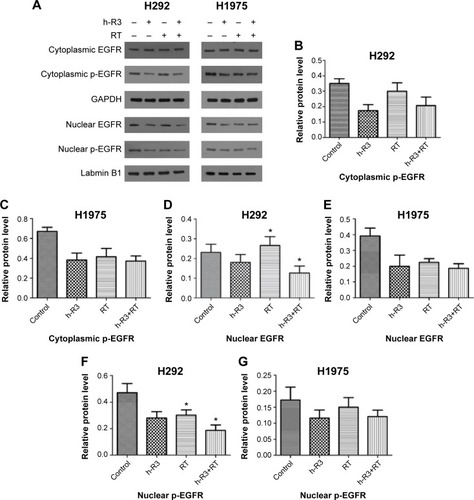
Figure 4 DNA damage repair after irradiation with or without nimotuzumab.
Abbreviations: p-DNA-PK, phosphorylated DNA-PK; h-R3, nimotuzumab group; RT, irradiation group.
